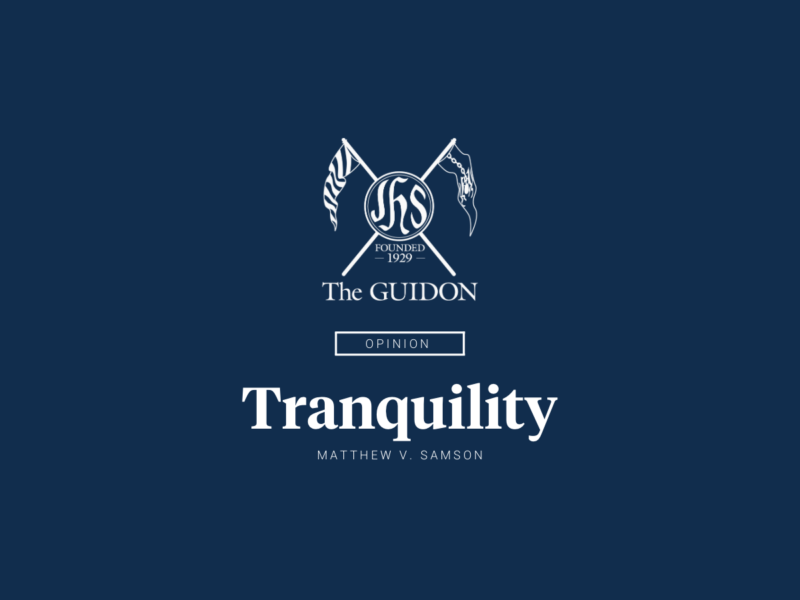There are a total of 133 Crayola colors, 30% of which, I cannot see. I am a self-diagnosed protanopia color blind. In layman’s terms, I cannot distinguish the green-yellow-red section of the spectrum. And as if that wasn’t enough, I am also unable to distinguish violet, lavender and purple from blue–culminating in the fact that I wore purple during the Ateneo bonfire.
I never really knew I was color blind until early last year. Someone asked me if The GUIDON’s masthead was meant to be purple. My eyebrows stood together in protest—I thought it was blue.
Literally and figuratively, I see the world with a different set of eyes, different not just in the physical manifestation of your orange as my yellow, but different in that I wonder what real orange—or real colors for that matter—looks like.
Being color blind is quite an irony because part of my job requires dealing with colors. As Design Editor of The GUIDON, I’m tasked to supervise the design, photography and web presence of the organization, all of which deal with colors. Whether I like it or not, by necessity, I needed to recognize colors. The question was, how?
It’s a fact that even if the eyes can’t recognize the colors, the brain can still process them. This is why a lot of color blind people know that the sky is blue, trees are green and apples are red. An accurate representation of color is still impossible, but it is possible to train the brain to recognize certain shades of color.
For the times I am asked what color an object is, my eyes are trained to an extent. I can tell what color someone’s lip gloss is, only if it was shown to me before. Identifying colors is a memory game for me; I recall what I’ve seen before and match it with a memory that’s often embarassing.
When my memory fails at color recall, I am at a complete loss. It’s quite worrying to not see something that’s there for everyone else. Color blindness tests are the worst; I only see circles while everyone else numbers within the circles.
Color blindness is incurable, but it doesn’t mean that you can’t find a way around it.
I found an internet app that tells me the closest shade of color from a series of hexadecimal codes. I take a picture, pick an object from the picture and boom: the app tells me what color it is. It is a tedious process that adds to my memory bank of what-color-this-thing-is. If I have my camera and laptop with me, they’re as good as a pair of eyes with perfect color receptors, only a bit slower, since color recognition is still dependent on upload speed and an internet connection.
It is very difficult being color blind, but I wouldn’t want to see any other way. Color blindness compels you to imagine and in a way, it also means seeing the world differently.
True, there is a world there that everyone sees, but I cannot. However worrying, there’s always a way around.






